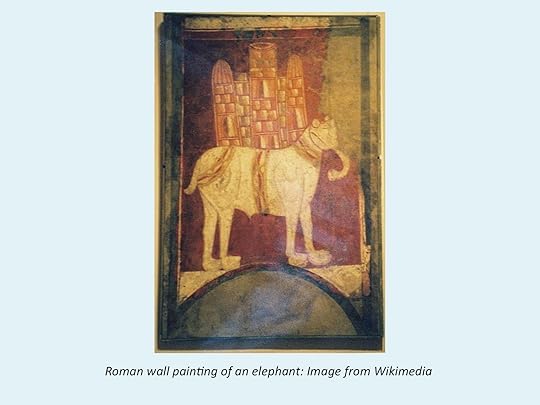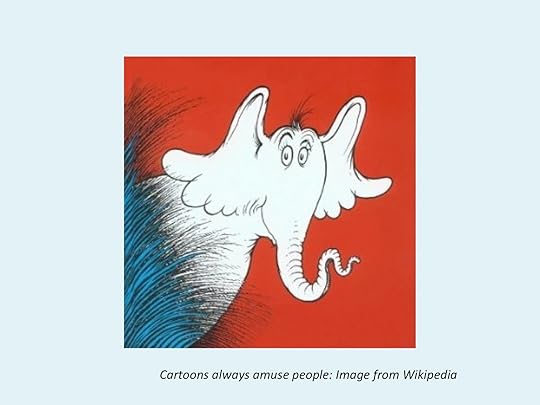Client requirements: The shape of the elephant, part 1
By Gordon Rugg
It’s a little-known fact that Dante’s Inferno contains a circle of Hell that’s reserved for people who come along when you’re wrestling with a horribly complex problem, make some utterly unhelpful suggestion, and then stroll off, convinced that they’ve just given you a profound insight that contains all the answers you need. For example, they tell you that your problem is like the five blind men trying to work out the shape of the elephant, which you already know, and then they leave without giving any practical ideas about how to actually solve the problem.
This article is about the shape of the elephant, applied to the very real problem of identifying and clarifying client requirements. It’s in two parts. Today’s article is humorous, and looks at some classic bad solutions to the problem of providing the client with the image of an elephant that they have asked for. The follow-up article will look at why those solutions are bad, and describe some better ways of finding good solutions.
Bad solution 1: Sod it, this will do, they don’t know any better.
Client’s response: You’re wrong about that, and you’re fired.
Bad solution 2: Red is the new black
Client’s response: Then go work for Prada. You’re fired.
Bad solution 3: Here’s one I found on the Internet.
Client’s response: You can find a new client there while you’re about it.
Bad solution 4: My design is in a witty dialogue with its environment
Client’s response: Very funny, go get a job at the circus.
Bad solution 5: Sex sells.
Client’s response: Not to this client.
Bad solution 6: I found some clip art that’s a pretty close match.
Client’s response: Would any jury convict me?
Bad solution 7: Cartoons always amuse people.
Client’s response: Whoever told you that was a clown.
Bad solution 8: I’m an Artist; here’s what you should have.
Client’s response: I’m a client; here’s what you should have, if we were in Texas.
Bad solution 9: I need to bear witness to my beliefs.
Client’s response: So do I, and I sincerely believe you need to be fired.
Concluding thoughts
The examples above are a bit unkind to designers; I know how frustrating it can be when you’re dealing with clients who are unable to articulate what they want. The key point, though, is that just because a client can’t articulate their requirements, that doesn’t mean that they don’t know their requirements. That’s a big, important difference. I’ve already looked at this issue a couple of time in previous posts; it’s an important issue, and we’ll return to it repeatedly.
Notes
Related previous posts:
The elephant images above are from wikimedia or Wikipedia, and are used here under the creative commons licence.


Gordon Rugg's Blog
- Gordon Rugg's profile
- 12 followers













